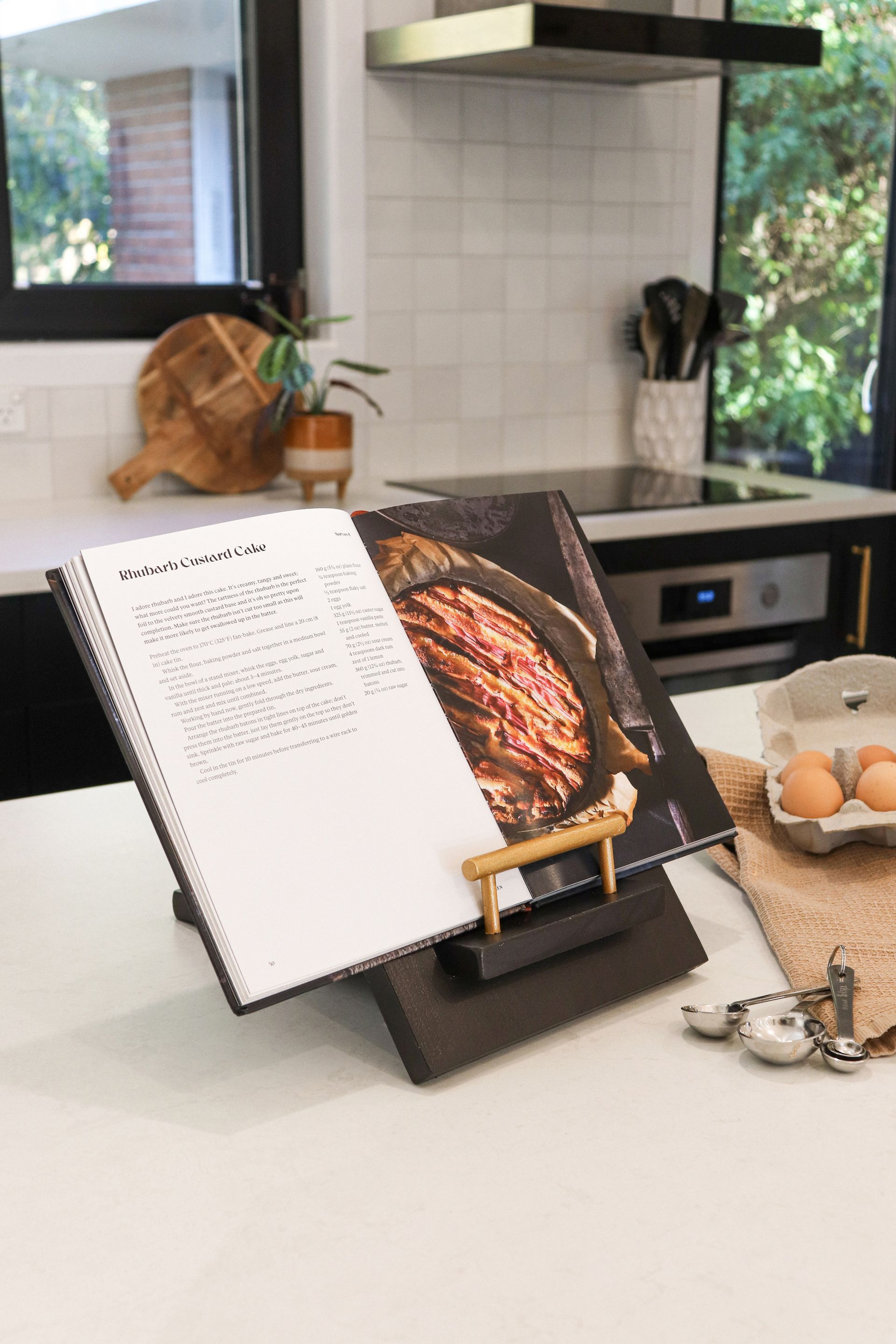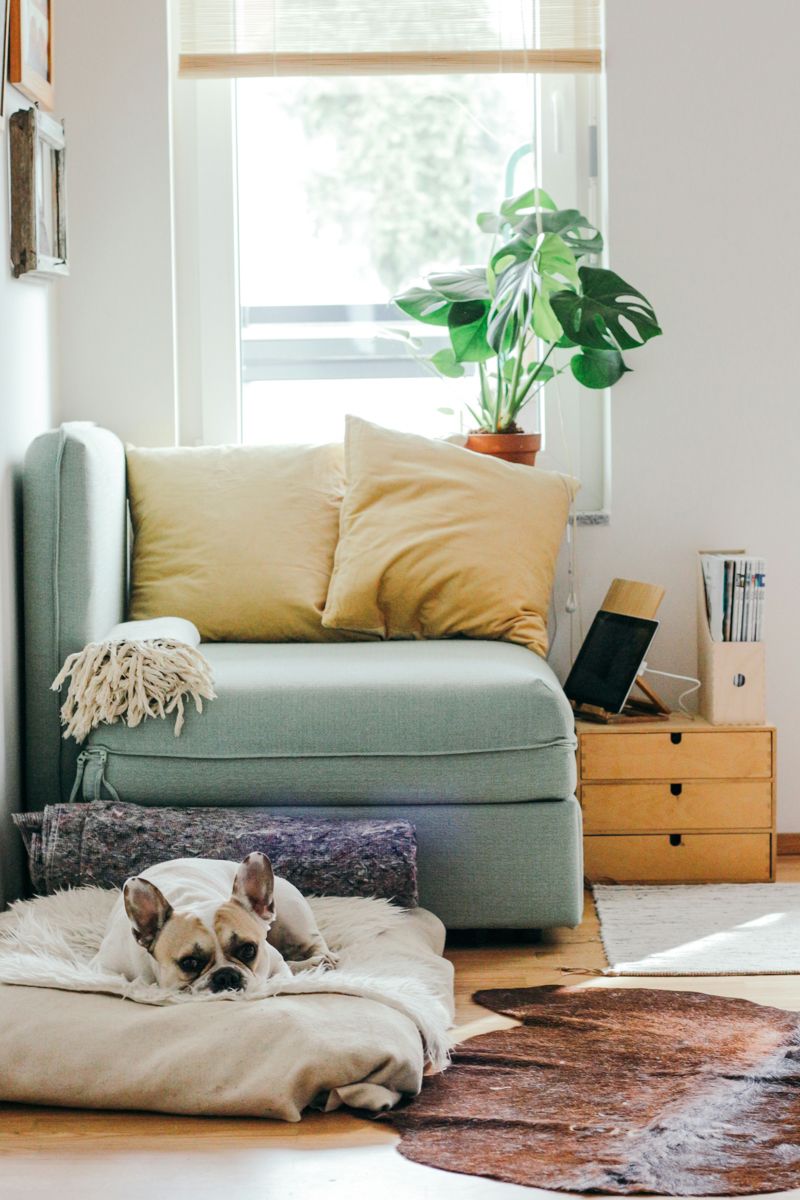New Zealand’s history with restrictive legislation of alcohol and cannabis has been both flourishing and failing over successive governments. In the 1970s, both commercial vines and medical cannabis plantings were making great footsteps. Sarah Perriam highlights how one of these industries reached $2 billion in export value by 2020 and the other is racing to catch up.
When you drive up the South Island’s East Coast nearing the famous Kēkerengū Store, it would not cross your mind that on the terraces above the highway, the store owner and his brother, a former Team New Zealand sailor, are harvesting rugby-field-size paddocks of medical cannabis on their family farm.
Winston and his brother Sank Macfarlane are sixth-generation farmers on the Marlborough property whose family also owned one of Garden Marlborough’s centrepiece destinations, Winterhome Garden, and were approached by medical cannabis company Puro to grow the plant commercially.
Puro was founded in 2018, harvesting its first crop of medical cannabis last year as New Zealand’s largest medical cannabis grower, with the New Zealand Government’s full support to ensure the industry grows to be as big as the wine industry. ‘As a family we discussed it; looked at the pros and cons and as it turned out we were looking for some way of diversification and the timing was really right,’ explains Winston.
The flat plateaus with extraordinary views of the Pacific Ocean where Winston spent his time sailing for 25 years with Team New Zealand provide the perfect micro-climate with its salty ocean breeze that creates a high-potency product.
The location was identified by Puro’s Melbourne-based cultivation director Tom Forrest as it’s a ‘sweet spot’ for reasons similar to why Marlborough produced world-class Sauvignon Blanc, and why hops flourished in Nelson – it’s all in the latitude. Cultivation technician Max Jablonski oversaw the seedlings that were sprouted in a Blenheim nursery, from 140,000 specially selected seeds from around the world.
The Ministry for Primary Industries’ Sustainable Food and Fibre Futures fund made a co-investment in April 2022 to help Puro fast-track their set-up. Pictured here at the announcement, from left to right is; Carmen Doran (Chief Executive of
Helius), Tim Aldridge (Managing Director of Puro), Hon Damien O’Connor (Minister of Agriculture), and Steve Wilson (Chair of
NZ Medicinal Cannabis Council).
Organic status has been granted for Puro’s outdoor growing site at Kēkerengū, on the Kaikōura Coast.
Puro Managing Director Tim Aldridge explains, ‘Our vision has been to set the standard for a medical cannabis industry that is organic, sustainable and environmentally conscious. First and foremost, we are organic because it’s the right thing to do for our people, our land, our community and our plants. Importantly, it also provides Puro a huge point of difference in global export markets, as we take New Zealand cannabis to international buyers.’
In April 2022, the Ministry for Primary Industries’ Sustainable Food and Fibre Futures fund made a co-investment of $13 million, to help the company fast-track setting up an organic medical cannabis industry in New Zealand.
There’s a lot of catching up to do to reach the billion-dollar club but the $32.2 million joint project will provide jobs and growth in Marlborough and Kaikōura with a potential economic benefit of up to $236 million by 2032. ‘Now is the perfect time to grow this high-value industry, as international demand for medical cannabis takes off while New Zealand is amid an export boom,’ explains Agriculture Minister Damien O’Connor.
Puro Kēkerengū Cultivation Manager Winston Macfarlane and Quality and Compliance Manager Wendy Tilman
The maturity of New Zealand’s legislation around medical cannabis has been well designed to position New Zealand as the best cannabis producer in the world. Puro is sitting pretty with its first mover advantage to take up the demand from pharmaceutical and nutraceutical companies already waiting. The global medical cannabis market is valued at $28 billion and is growing at 27 per cent annually.
Food as thy medicine is one of the fastest growing consumer trends globally with KPMG’s Agribusiness Agenda in 2021 highlighting the movement to B2D (Business to Doctor) where healthcare professionals are looking for safe, regulated, organic plant medicines to support their patients.
‘This has been a real challenge,’ explains Winston. ‘It’s not like going into the grape industry where there’s almost a handbook on how to do it. We’re writing the handbook for growing medical cannabis as we go.’
Recent stories



All Rights Reserved | CountryWide Media




